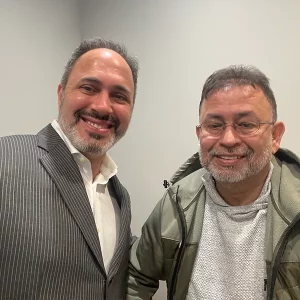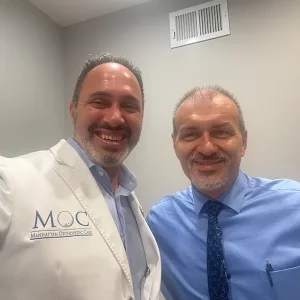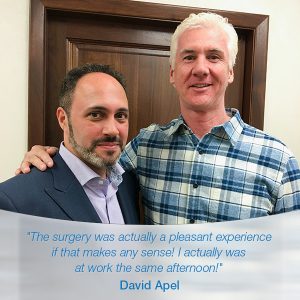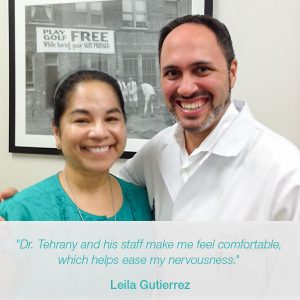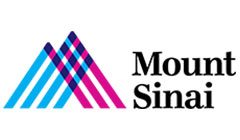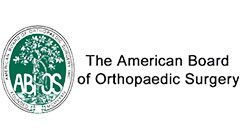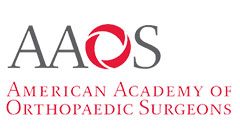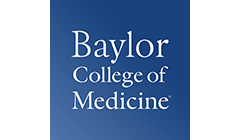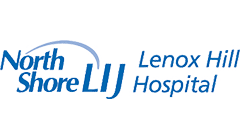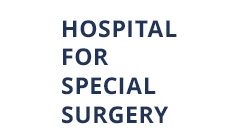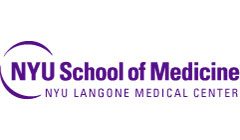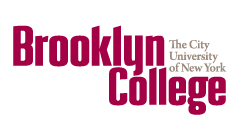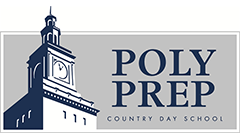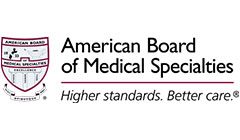Glenoid Labrum Tear Overview
The glenoid labrum tear injury is a tear of the labrum, a thick band of cartilage that lines the rim of the glenoid (which is commonly called the shoulder socket). The labrum cushions the head of the humerus and holds it securely to the glenoid, stabilizing the joint. Dr. Armin Tehrany is an expert in understanding the anatomy of the shoulder and treats a number of patients for shoulder socket tears at his Manhattan Orthopedic Care facility.
Your Shoulder Socket Tear Consultation with Dr. Tehrany
Dr. Tehrany will conduct a thorough physical examination and injury history to try and determine if any specific activity may have caused the tear. He will ask you to do several physical activities to determine your range of motion and stability while monitoring when pain is experienced.
Additional imaging tests may be required, such as X-rays, CT, or MRI scans to determine the location of the labrum tear.
Causes of Labrum Tear
A labrum tear can be caused by a fall or direct blow to the shoulder, or it can be caused by repetitive trauma to the joint. Sports such as baseball, tennis, or weight lifting, which require repetitive overhand motions, are common culprits.
Glenoid Labrum Tear Symptoms
Symptoms of a labrum or shoulder socket tear are very similar to that of other shoulder injuries, with the most common symptoms being:
- Feeling unstable
- Experiencing pain during overhead activities
- Popping, locking, socking, or grinding sound or feeling
- Slight pain during activities or while at rest
- Decrease in strength
- Dislocated shoulder
- Limited motion
Treatment for Glenoid Labrum
Treatment options can include non-surgical options such as rest, anti-inflammatory medications, and physical therapy. If those are not effective, surgery may be needed to repair the labrum – either a traditional open procedure or an arthroscopic procedure to examine the rim and biceps. Dr. Tehrany will discuss his shoulder socket tear treatment recommendations with you in detail once the extent of the shoulder injury is determined.
Recovery After Surgery
Should surgical treatment be necessary, then your shoulder will need to be immobilized in a sling for 3 – 6 weeks to enable healing. Thereafter, physical rehabilitation will be recommended to gradually strengthen your shoulder. Complete healing can take up to 6 months even though physical activities may be resumed within 12 weeks – depending on your orthopedic surgeon’s recommendations.
Consult Manhattan Orthopedic Care
Dr. Armin Tehrany is renowned for his exceptional diagnoses, treatment, and care of conditions and injuries affecting the shoulder. His specialty is minimally invasive treatment that supports his patients’ long-term mobility and quality of life. Schedule your consultation with him today – he serves patients throughout Manhattan, Staten Island, and beyond!















